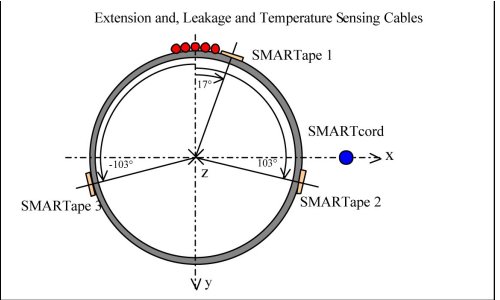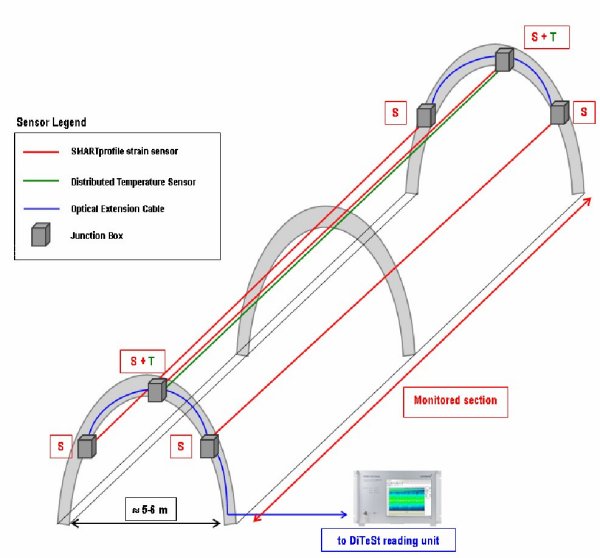Leak detection advances using fibre optics
Tuesday, 21 July, 2009
Imagine being able to monitor your pipeline the entire length with thousands of monitoring points providing a near real-time picture of what’s actually happening - with fibre-optic technology, this can be a reality.

Fibre-optic technology used in monitoring has been available for quite some time; however, new technical advances have lead to improved readout systems and better strain and temperature sensing fibres. Monitoring profiles over long distances, the technology represents an efficient way to perform leak detection.
Recent developments into health monitoring of a pipeline, based on a distributed optical fibre strain and temperature, promise to provide cost-effective tools allowing structural monitoring over kilometric distances. Thus, using a limited number of very long sensors, it will be possible to monitor structural and functional behaviour of flowlines with a reasonable measurement and spatial resolution.
The development of SMARTape, SMARTcord and temperature sensing cable when configured correctly provides monitoring of structural parameters such as average strains, average curvatures and deformed shape of the pipeline. The SMARTcord is made of a sensing optical fibre integrated into a fibre-reinforced plastic cord. Its aim is to monitor the strain changes in the soil.
The aim of the temperature sensing cable is to monitor temperature, compensate the strain measurements for temperature and detect and localise leakages through the cooling that results from gas decompression or water leakage and conversely, the local warming anomaly produced by crude oil.
Detection of leakage along pipelines, which is obviously an important part of the maintenance activity, has always been a difficult task. Most of the time, a visual inspection of the pipeline is required to attest to the absence of leakage. In the case of buried pipeline, where an inspection is not possible, the presence of a leak is identified by a drop of pressure. Moreover, pressure tests are periodically performed to check the integrity of the pipeline even though the reliability of the test is relatively poor due to the influence of temperature differences along the pipeline. As a result, pipeline operators have been looking at new solutions for the detection of leakage through the monitoring of the pipeline’s surrounding temperature.
The aim of this technique is to produce cost-effective integrated systems which may include combining conventional sensors, fibre optics, vibrating wire and vibration monitoring. Although commonly used in structural monitoring detection and dam seepage projects, pipeline leak detection is now becoming one of the most popular applications for this technology.
Fibre-optic technology is passive, meaning it’s unaffected by transient currents and, importantly, unlikely to be damaged by lightning. The beauty of the system is that the readout or interrogator is fully transportable. This portability means it can be used at different locations or even completely separate projects. Typically the fibre is fixed, glued or clamped to the surface or structure. If the system needs to be expanded it’s simply a matter of running new fibres. The system is robust and fully integrated, including hardware, interrogator and software.

Monitoring provides real data regarding condition of the structure, its behaviour or response, monitoring changes caused by loading or induced stress, affects of aging and detection of new degradations.
Ideally, the best results are managed when monitoring systems are implemented during the early construction phase providing information on the structure’s initial state, performance and evolution.
Hysteresis in pressure calibration: what you need to know
Pressure calibration is crucial for ensuring the accuracy and reliability of process instruments...
Heat exchangers expand ginger beer production in Bundaberg
Bundaberg Brewed Drinks outgrew its production facility, so ensuring the equipment in its new...
Sampling gases and volatile liquids: essential strategies
Following gas sampling best practices can improve product output and reduce fugitive emissions.







